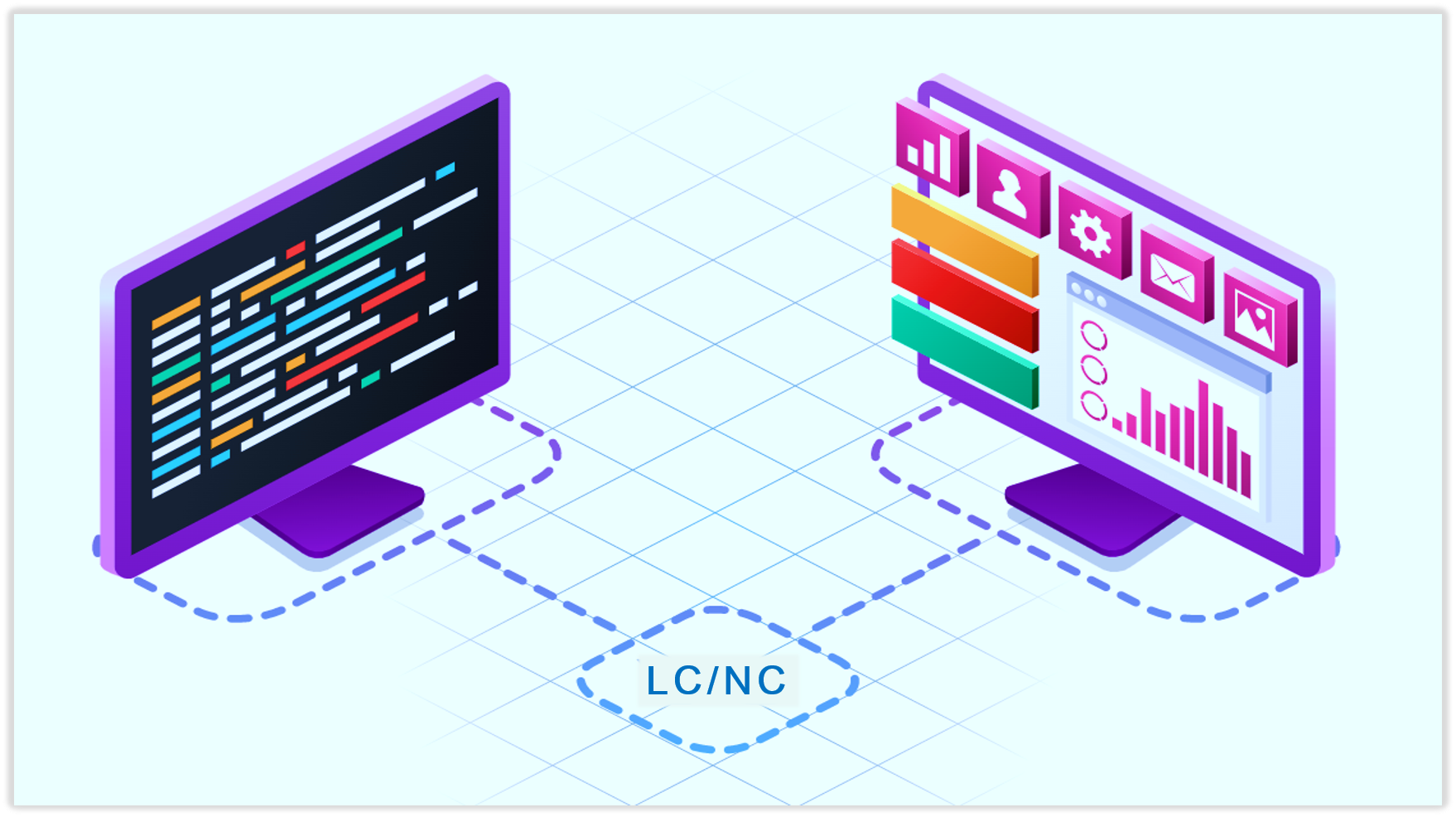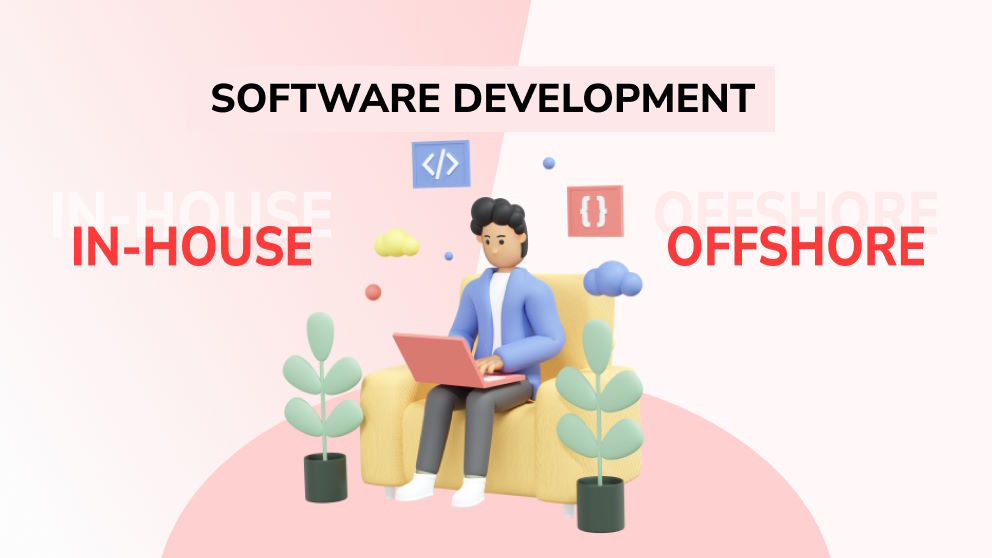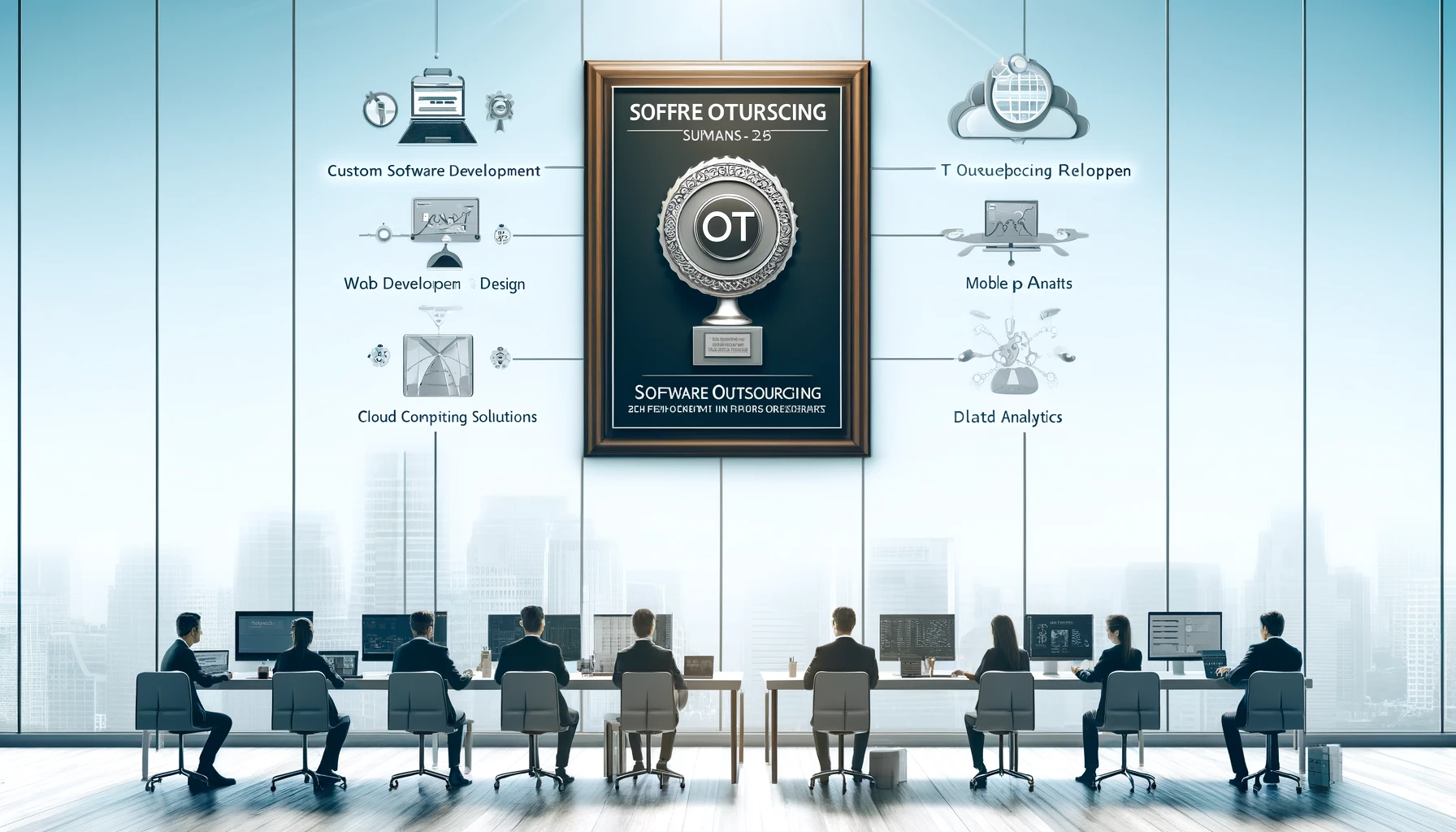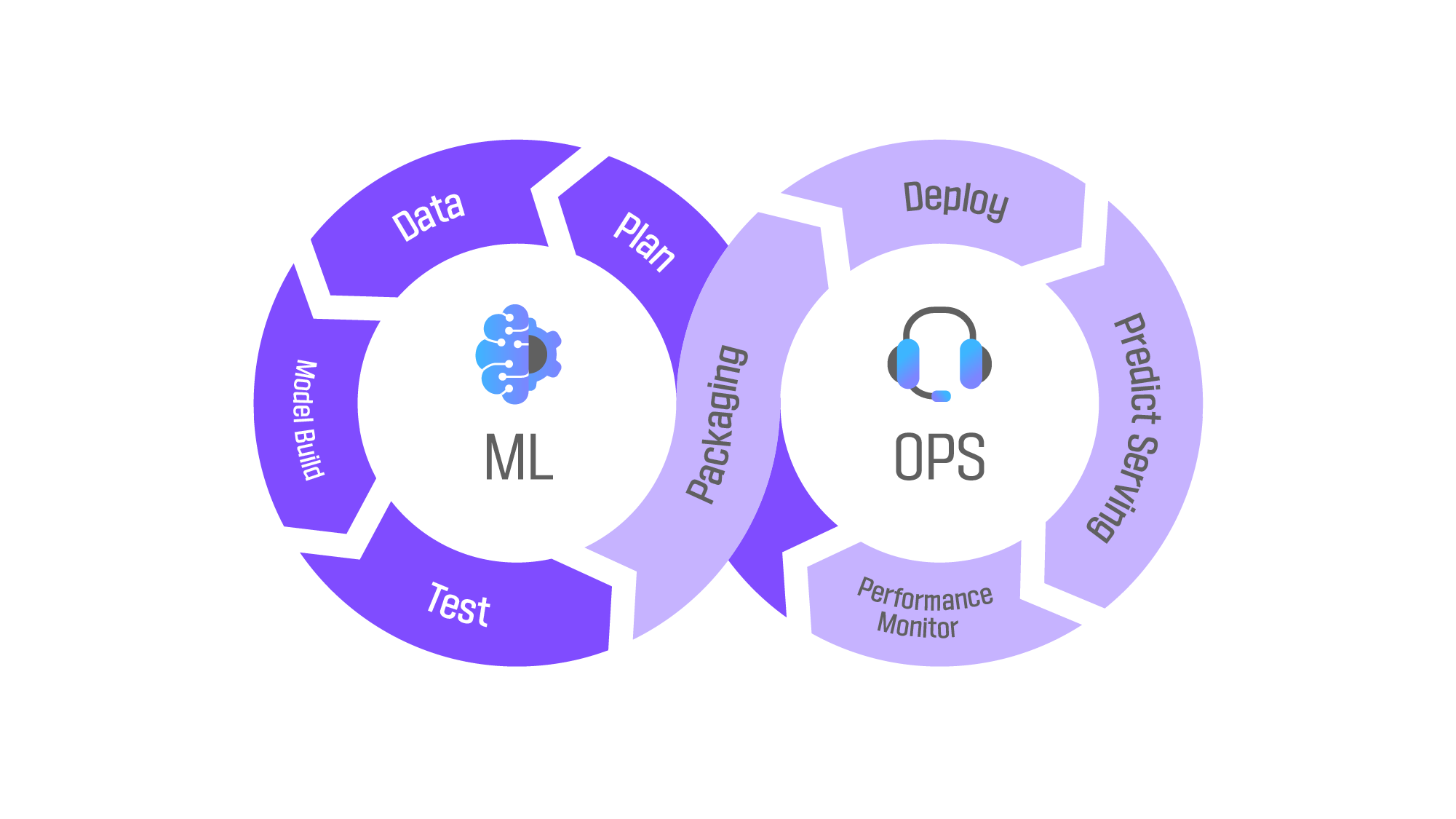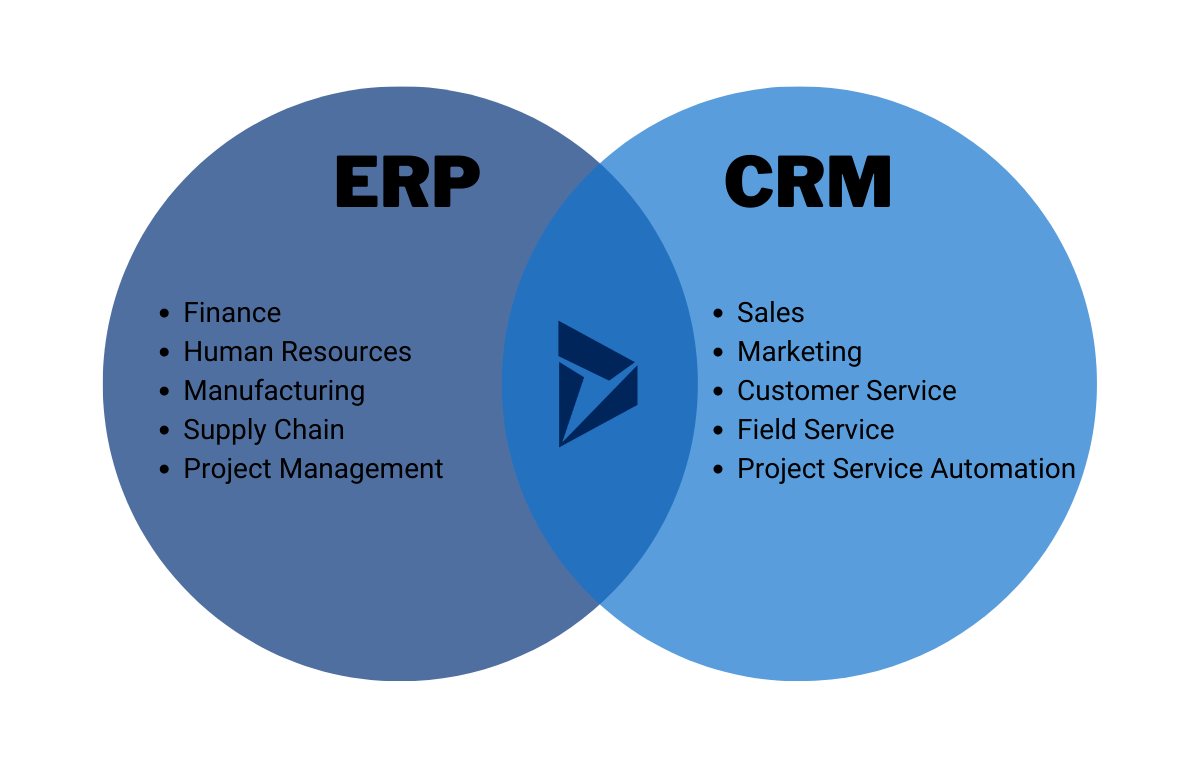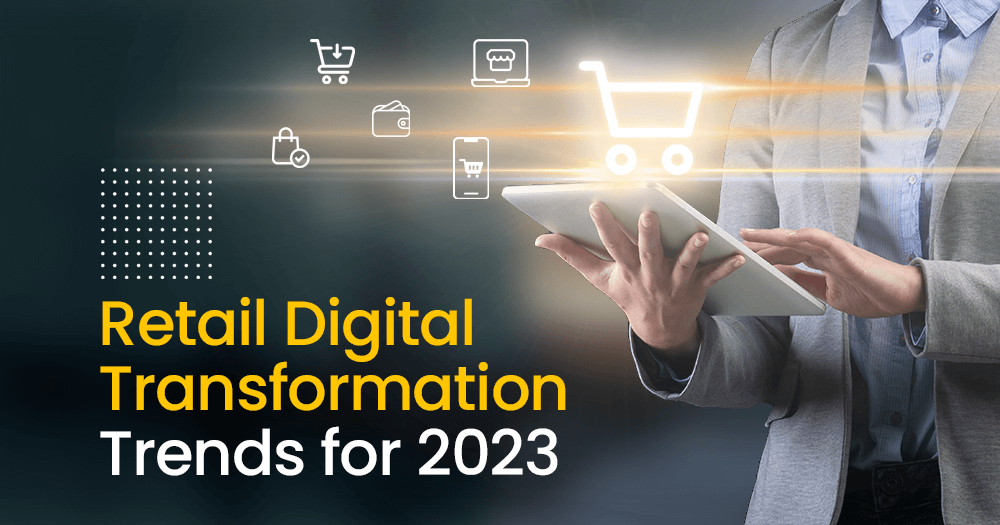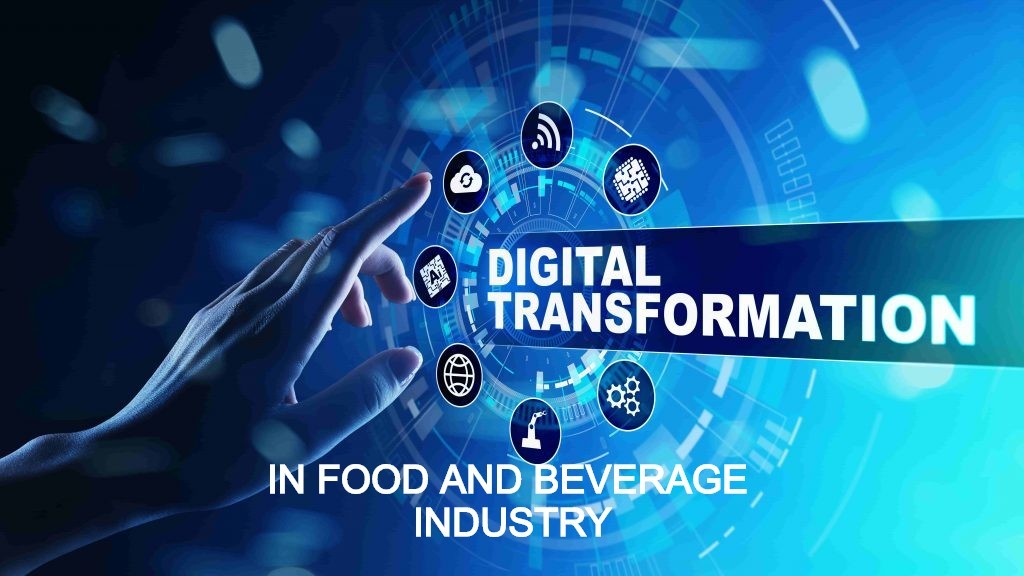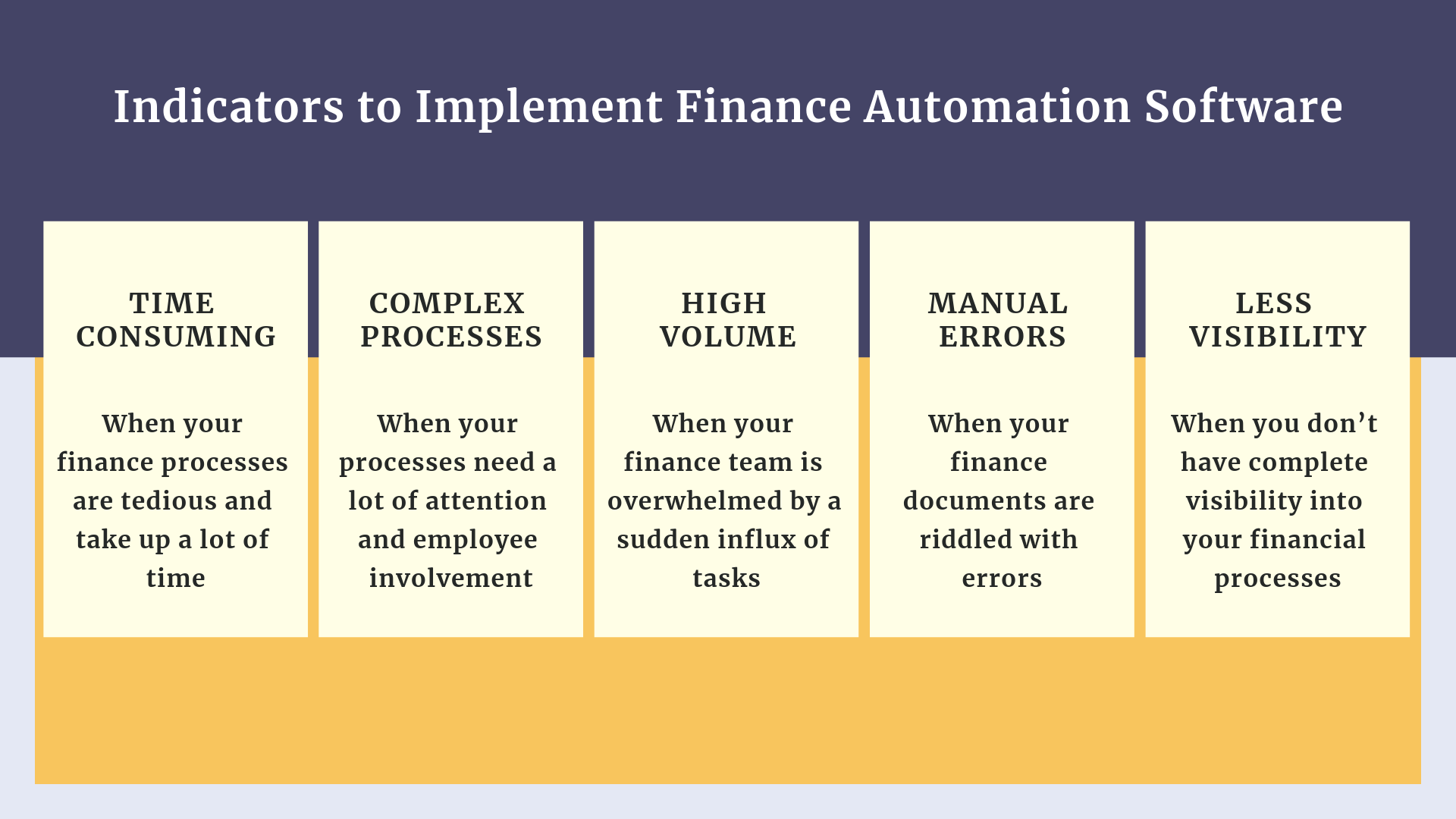Software development costs can be assessed through various methodologies, with two prominent approaches standing out: calculating based on module or feature development and hiring a dedicated team of programmers for project execution. Both methods have distinct advantages and considerations that can significantly impact the financial aspect of software development.
Approach 1: Module/Feature-Based Cost Estimation
Breakdown by Module/Feature:
- This method involves dissecting the software project into smaller, manageable modules or features.
- Each module or feature is analyzed in terms of complexity, functionality, and the effort required for development.
- Estimation is done by assigning costs to each module or feature based on factors like design complexity, coding effort, testing needs, etc.
Advantages:
- Granular Cost Assessment: Allows for a detailed breakdown of expenses, providing transparency in budget allocation.
- Flexibility: Enables prioritization of modules or features based on immediate needs, potentially reducing initial costs.
- Clear Accountability: Specific modules or features can be assigned to different developers or teams, enhancing accountability.
Considerations:
- Scope Creep: Detailed estimations might overlook potential changes or additional requirements that can lead to cost escalations.
- Complexity Assessment: Accurate assessment of module complexities is crucial for precise cost estimation.
- Time Consumption: The breakdown process can be time-intensive, especially for larger projects.
Approach 2: Hiring a Dedicated Programming Team
Team-Based Project Execution:
- This method involves hiring a dedicated team of programmers or outsourcing to a development agency to handle the entire project.
- Costs are estimated based on the duration of the project and the team’s hourly or fixed rates.
- The overall budget includes salaries, infrastructure, management costs, and additional expenses.
Advantages:
- Comprehensive Support: A dedicated team provides end-to-end development expertise, potentially reducing management overhead for the client.
- Adaptability: Flexibility in adjusting project scope or requirements as the team can handle changes more seamlessly.
- Faster Time to Market: With a focused team, development timelines can be shorter compared to piecemeal development.
Considerations:
- Higher Upfront Costs: Initial estimates might appear higher compared to modular approaches due to inclusive project rates.
- Dependency on Team Performance: Success relies on the competency and efficiency of the hired team.
- Potential Communication Challenges: Coordination and communication between the client and the hired team might require additional effort.
Conclusion
Choosing the right cost estimation method depends on various factors such as project scope, budget constraints, flexibility needs, and risk tolerance. While the modular approach offers detailed cost breakdowns and flexibility, the team-based approach provides comprehensive support and faster development timelines. Evaluating the trade-offs between these methods is crucial to determining the most suitable approach for a particular software development project.


